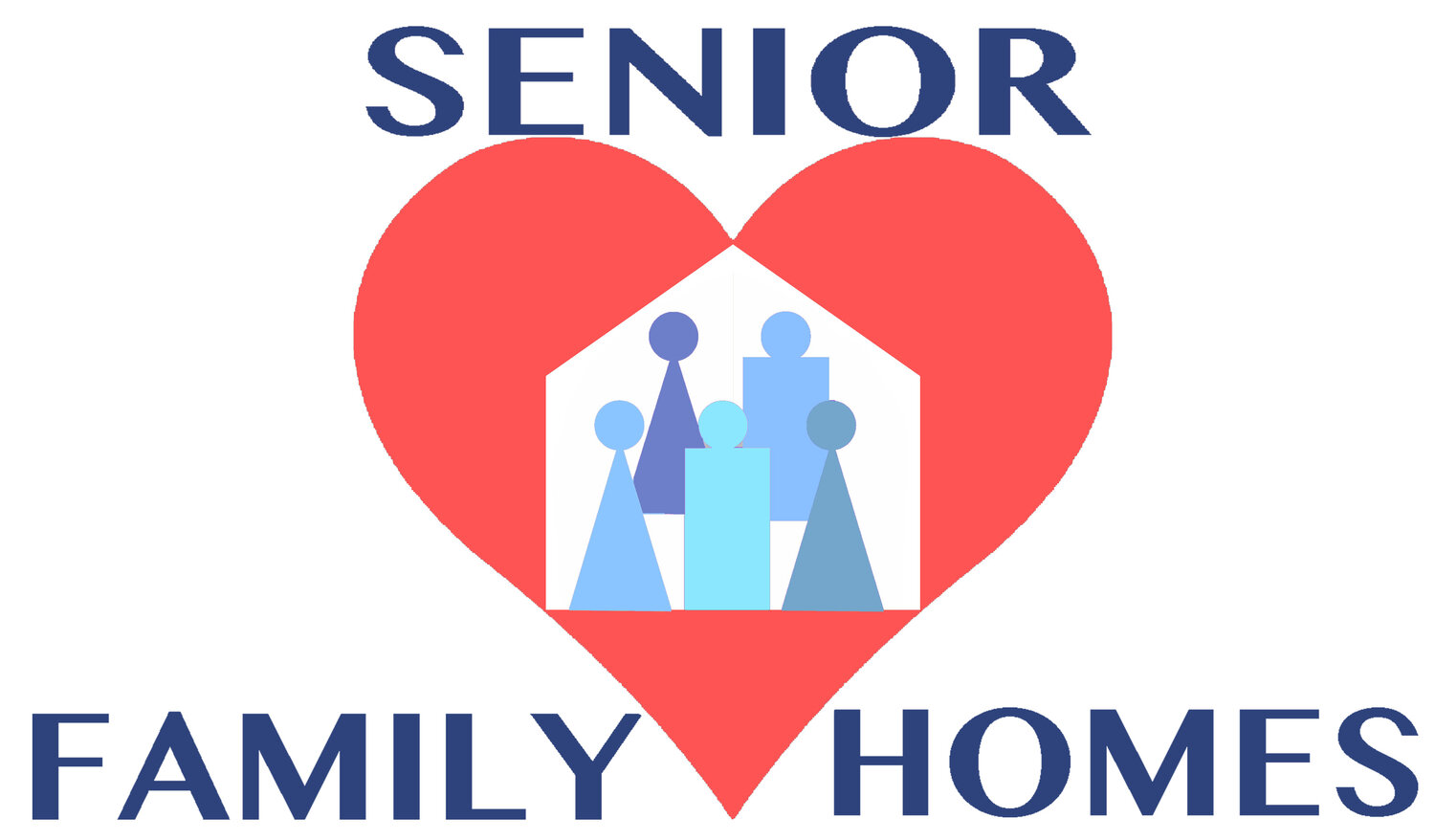Exploring the Synergy Between Community and Aging Well…..
The relationship between community and aging is indeed complex, and the well-being and quality of life of older adults are heavily influenced by the nature of the communities they live in. Creating age-friendly communities is a crucial step in addressing the challenges and opportunities associated with an aging population. These communities should address physical, social, and economic needs to ensure that older adults can continue to lead fulfilling and meaningful lives as they age. This approach promotes inclusivity, social participation, and a higher quality of life for seniors while also benefiting the community as a whole.
Here are some key aspects of how community and aging intersect:
Community and aging are interconnected in several ways, and the interaction between the two has important implications for individuals, communities, and societies as a whole. Here are some key aspects of how community and aging intersect:
Social Support and Well-Being: Communities play a vital role in providing social support and a sense of belonging for older adults. Strong social networks can help combat feelings of isolation and loneliness, which are common challenges in aging. Engaging with community activities, clubs, and social gatherings can contribute to a better quality of life for older individuals.
Aging in Place: Many older adults prefer to age in their own homes rather than moving to long-term care facilities. Communities can facilitate "aging in place" by providing accessible infrastructure, transportation options, and home-based support services. This approach allows older adults to maintain their independence and stay connected with their communities.
Volunteerism and Civic Engagement: Older adults often have valuable skills, knowledge, and life experiences to offer their communities. Volunteering and civic engagement among seniors can enhance community life and contribute to a sense of purpose in later years. Many older adults take on roles as mentors, caregivers, or community leaders.
Healthcare and Access to Services: Communities need to provide accessible healthcare services, including primary care, specialized care for age-related health issues, and wellness programs. Access to healthcare is crucial for maintaining the health and well-being of older residents.
Housing Options: Communities can offer a range of housing options tailored to the needs of older adults, including senior housing complexes, retirement communities, and assisted living facilities. These options allow seniors to live in environments that are suited to their changing needs.
Transportation and Mobility: Transportation is a key factor in enabling older adults to remain active and engaged in their communities. Accessible public transportation, community shuttle services, and pedestrian-friendly infrastructure can help seniors maintain their mobility.
Intergenerational Connections: Building connections between different age groups within a community can be mutually beneficial. Programs that encourage interaction between older adults and younger generations promote understanding, reduce stereotypes, and provide learning opportunities for both groups.
Economic Security: Many older adults face financial challenges, particularly those on fixed incomes. Community programs and services that offer financial counseling, affordable housing, and support for basic needs can help ensure economic security in later life.
Age-Friendly Communities: The World Health Organization's Age-Friendly Cities and Communities program encourages local governments to make communities more inclusive and accessible for people of all ages. This initiative emphasizes factors such as accessible public spaces, social participation, respect and social inclusion, and access to healthcare and support services.


